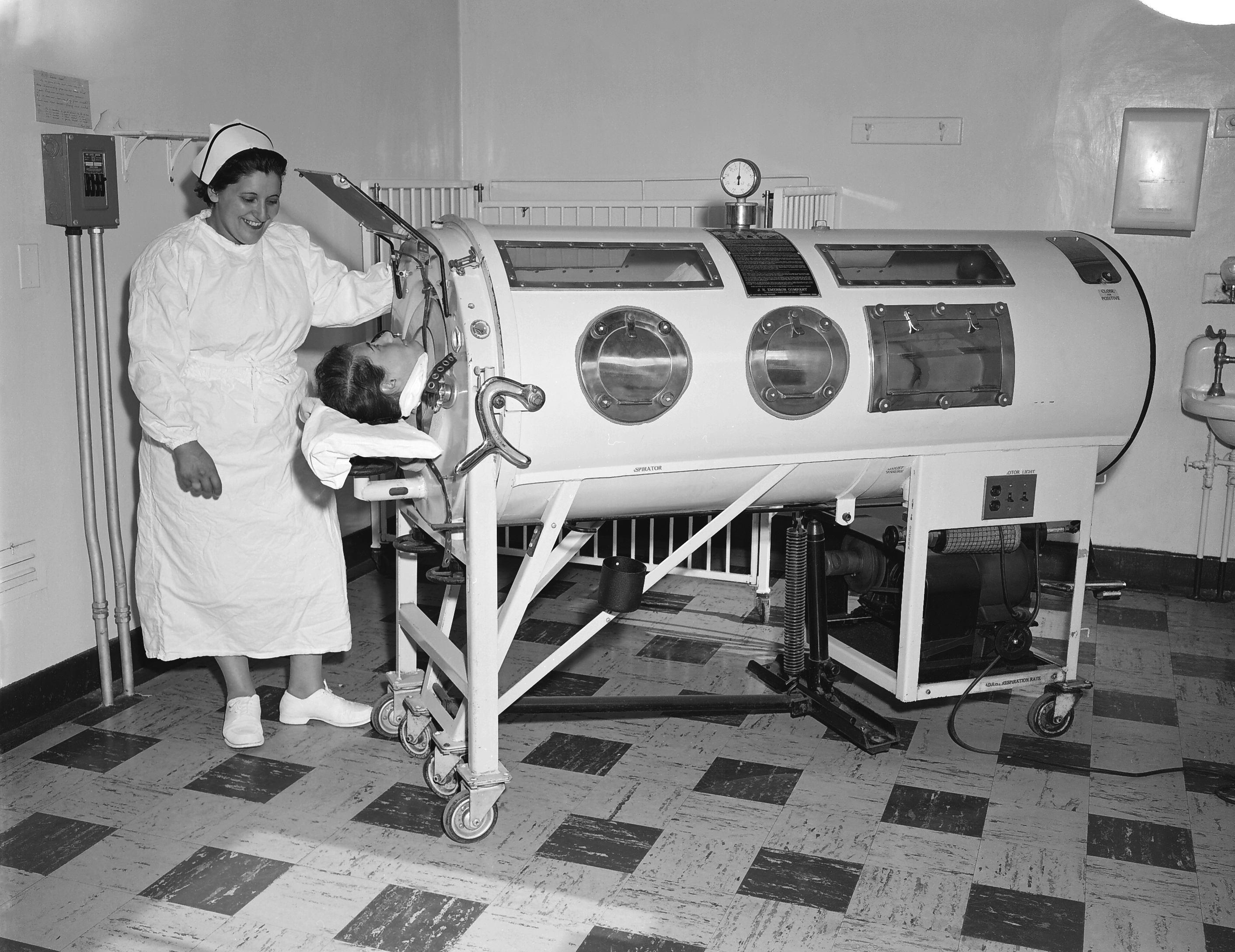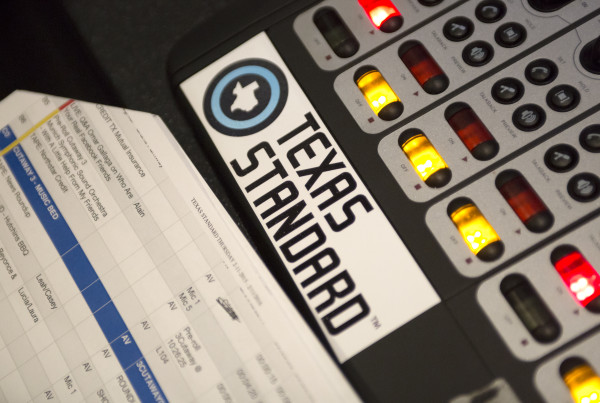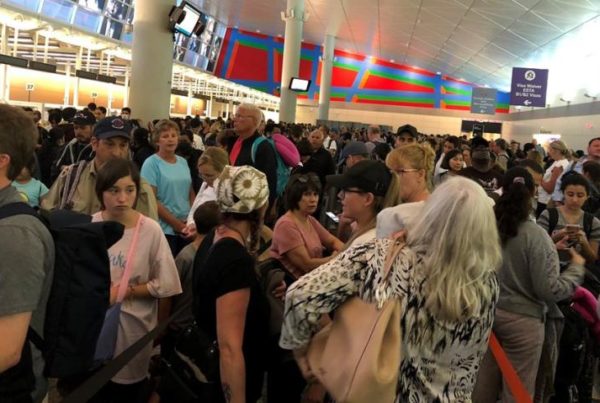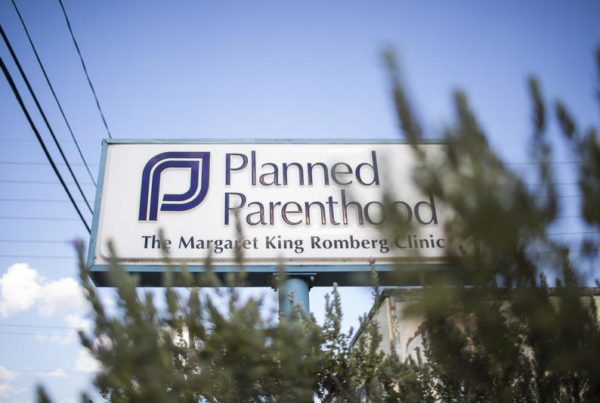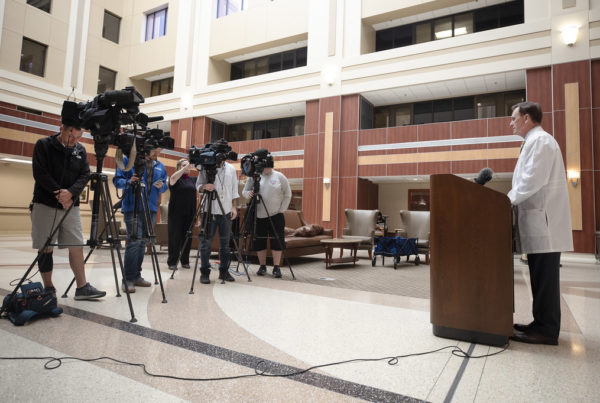The silver lining of the COVID-19 pandemic, if there is one, seems to be that it spares children. The polio epidemic that raged off and on in the United States for about 40 years did the opposite. Indeed, it seemed to focus on children. Whereas there is hope that COVID-19, like the flu, will weaken in warmer weather, polio was most aggressive in the summer months. As such, Texas was perhaps the hardest hit state of all.
Dr. Heather Green Wooten, a medical historian, and author of the award-winning book, “The Polio Years in Texas: Battling a Terrifying Unknown,” told me the story of how Texas responded to the polio epidemic that terrified the state every summer for years.
Dr. Wooten told me that when San Angelo had a breakout of polio in 1949 – the hardest- hit town per capita that year in the U.S. – it was horrifying in scope for the city of 50,000. Sixty children in San Angelo came down with polio in one summer. Many died. Movie theaters and swimming pools and public gatherings were shut down. Travelers passing through would roll up their windows so as not to breathe the potentially contaminated air. They wouldn’t even fill up a low tire at the gas station for fear of taking the virus with them. Some residents refused to talk on the phone with anyone, believing that perhaps, somehow, polio could travel through the phone lines.
This kind of fear gripped Texas every summer for years. Parents would not let their children swim or go to summer camp or do anything in groups in an effort to keep them safe. Houses were kept spotless and were scrubbed top to bottom to kill all the germs. In fact, Wooten told me, “When mothers lost a child to polio they suffered added anguish because they felt they would be judged as bad mothers and poor housekeepers. They would explain to reporters that ‘they had always kept a very clean house and didn’t understand how this could have happened.’ ”
There was a public service song by Red River Dave, frequently played on the radio in those days. It stressed cleanliness. Here’s a sample:
Take care that all the food you eat and kitchen ware is clean/
Kill the rats and kill the mice and make the roaches go/
That’s the way to really whip that mean old polio
The response to polio was largely a grassroots one, with the common man (and children) largely funding the research, the treatments, the hospitals and rehab centers. The March of Dimes, launched by President Franklin Delano Roosevelt, was enormously successful in this regard. It mobilized school children and civic groups of all kinds – Rotary International, Kiwanis, The Masons – to collect dimes, quarters and dollars from anyone and everyone. Theaters would play a short film like “The Crippler” before every movie, and then turn on the lights and collect donations from the crowd. It was incredibly effective. The March of Dimes also introduced us to the concept of the poster child, one of the most persuasive fundraising strategies of all time. Collection receptacles, in the form of little iron lungs, were placed at cash registers everywhere.
Wooten said that the small donations coming from almost every American gave each person a stake in beating polio. I like that one year the March of Dimes national campaign was launched from the community of Dime Box, Texas, about 70 miles east of Austin. How’s that for creative marketing!
When World War II broke out, the March of Dimes feared that donations would dry up. However, FDR made beating polio part of the war effort. He said on a radio address: “The fight against [polio] is a fight to the finish, and the terms are unconditional surrender.”
Big money entered the fight as well. Texas’ great oilmen gave millions to build hospitals, treatment facilities and fund research. Two of the greatest contributors were oil magnate Hugh Roy Cullen and politician Jesse Jones, both historically among Texas’ most generous philanthropists.
Great institutions in Texas like the Scottish Rite Hospital for Crippled Children and the Gonzalez Warm Springs Rehab Hospital for Crippled Children were among the best in the country, as was the Jefferson Davis Hospital in Houston. A fascinating side note is that these hospitals were also among the first institutions to be fully integrated, accepting all children on equal terms, regardless of race, religion or creed. Wooten noted that the children took to integration beautifully and became each others’ best therapy. Doctors found that putting them together helped them function as a team against the disease, cheering each other on against a common enemy.
You know the rest of the story: Dr. Jonas Salk, funded by the March of Dimes, discovered the first vaccine for the virus in the early 1950s, and rather than getting a patent and becoming an instant billionaire, he made a gift of his vaccine to all humanity.


